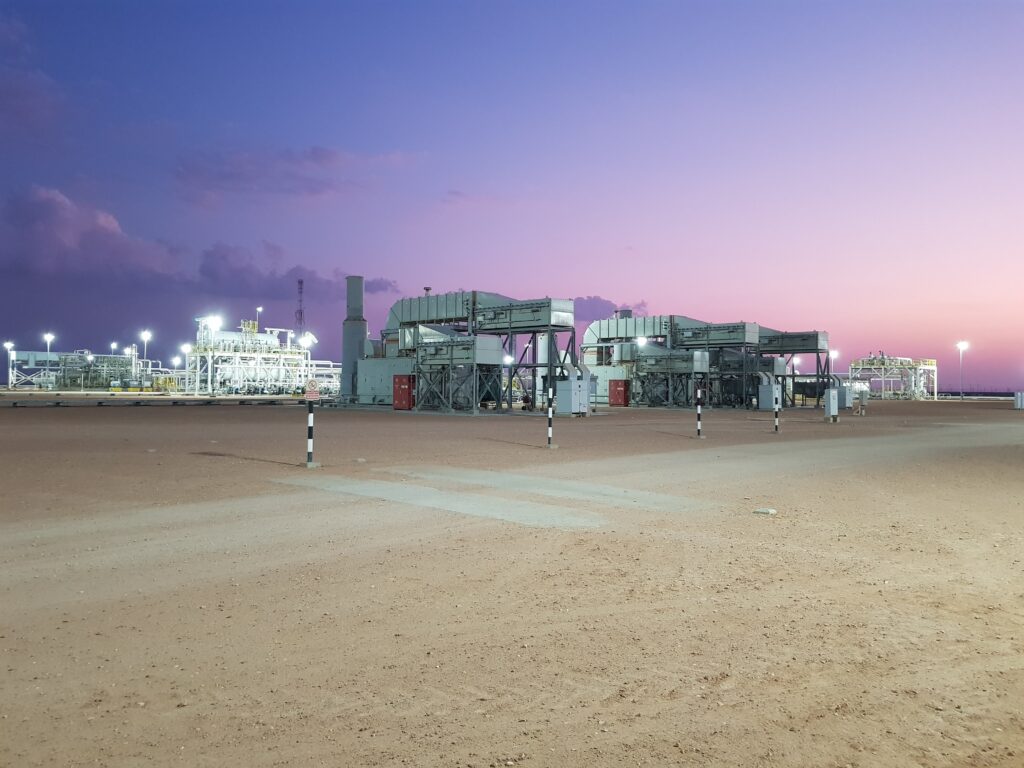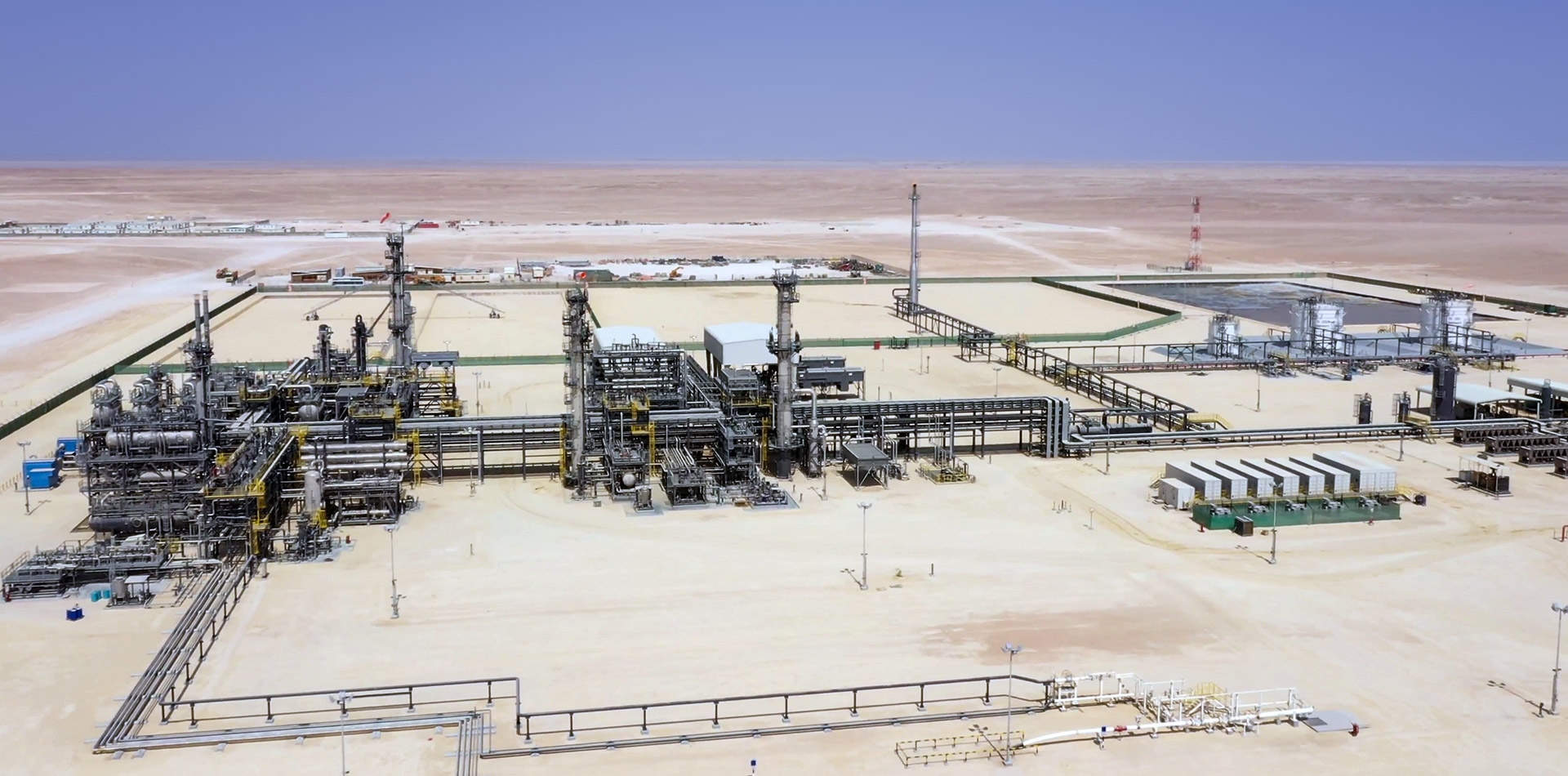
Equipment / Processing
LPG Extraction / NGL Recovery
Advanced Modular Designs for Hydrocarbon Recovery
Enerflex provides modular solutions for LPG extraction and NGL recovery, maximizing hydrocarbon value with efficient, high-capacity systems. Our expertise ensures reliable, safe processing globally.
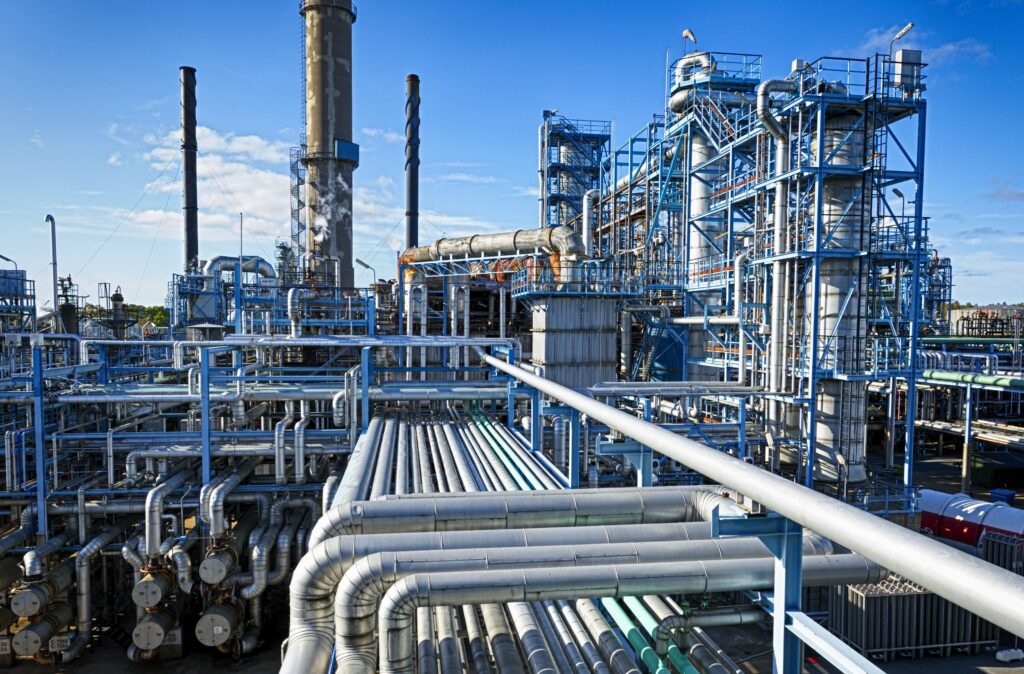
LPG Extraction and Fractionation
We design LPG plants that recover propane (C₃), butane (C₄), and isobutane from natural gas and crude oil, using C₃ refrigeration and optional turbo-expanders. Once fractionated, LPG is stored and transported for use in heating, cooking and industry.
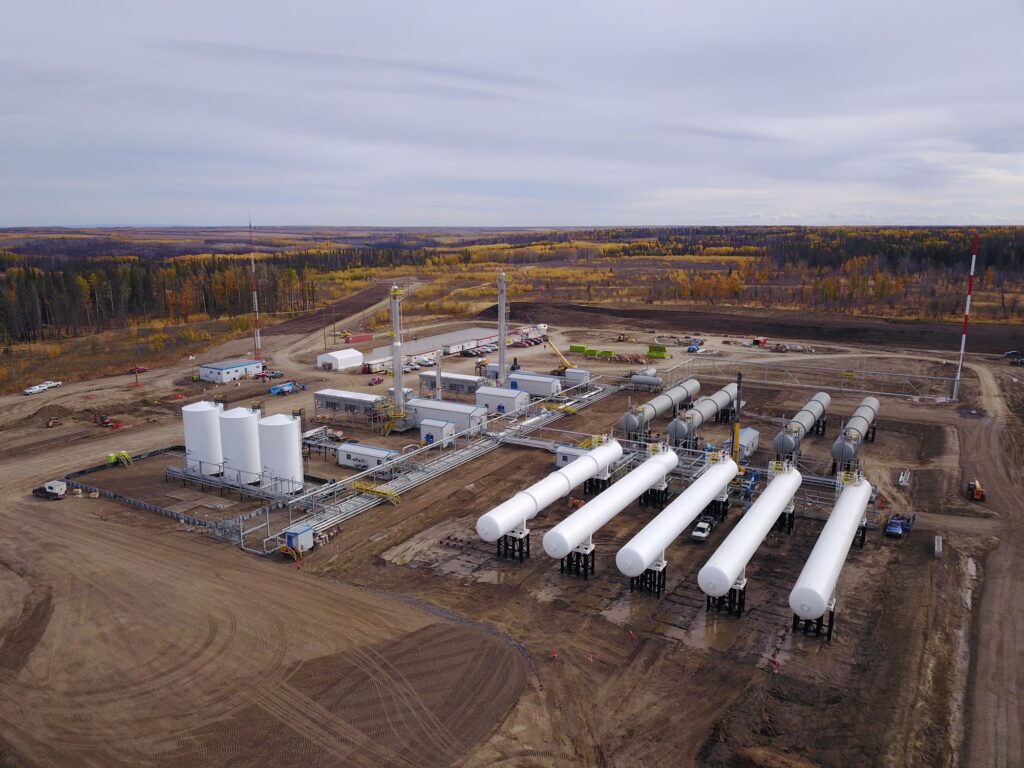
NGL Recovery and Fractionation
Our NGL recovery systems extract ethane (C₂), propane (C₃), butane (C₄), and condensates (C₅+) from natural gas streams. Our multi-stage fractionation plants can handle up to 40,000 BBL/D, delivering safe, efficient solutions to maximize hydrocarbon recovery.
The Enerflex Edge
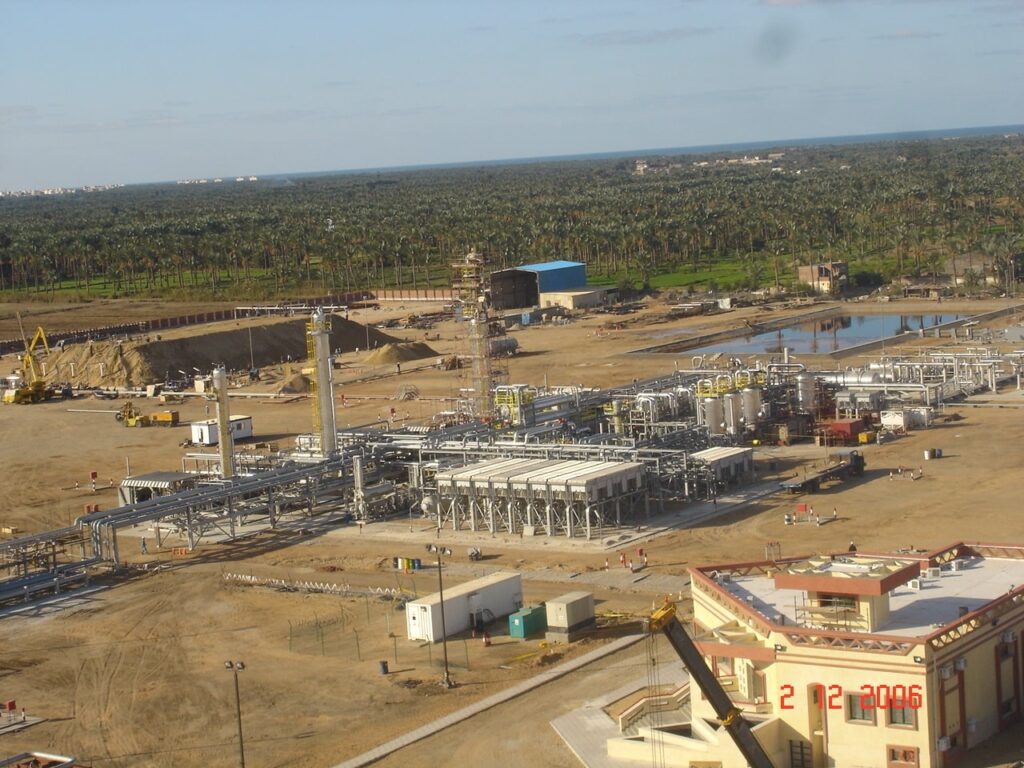
Modular, Custom Solutions for Every Project
Our modular systems are tailored to match your raw gas stream and output needs. We customize each solution for efficient separation and offer flexible, space-saving designs with trial-fit options before shipping.
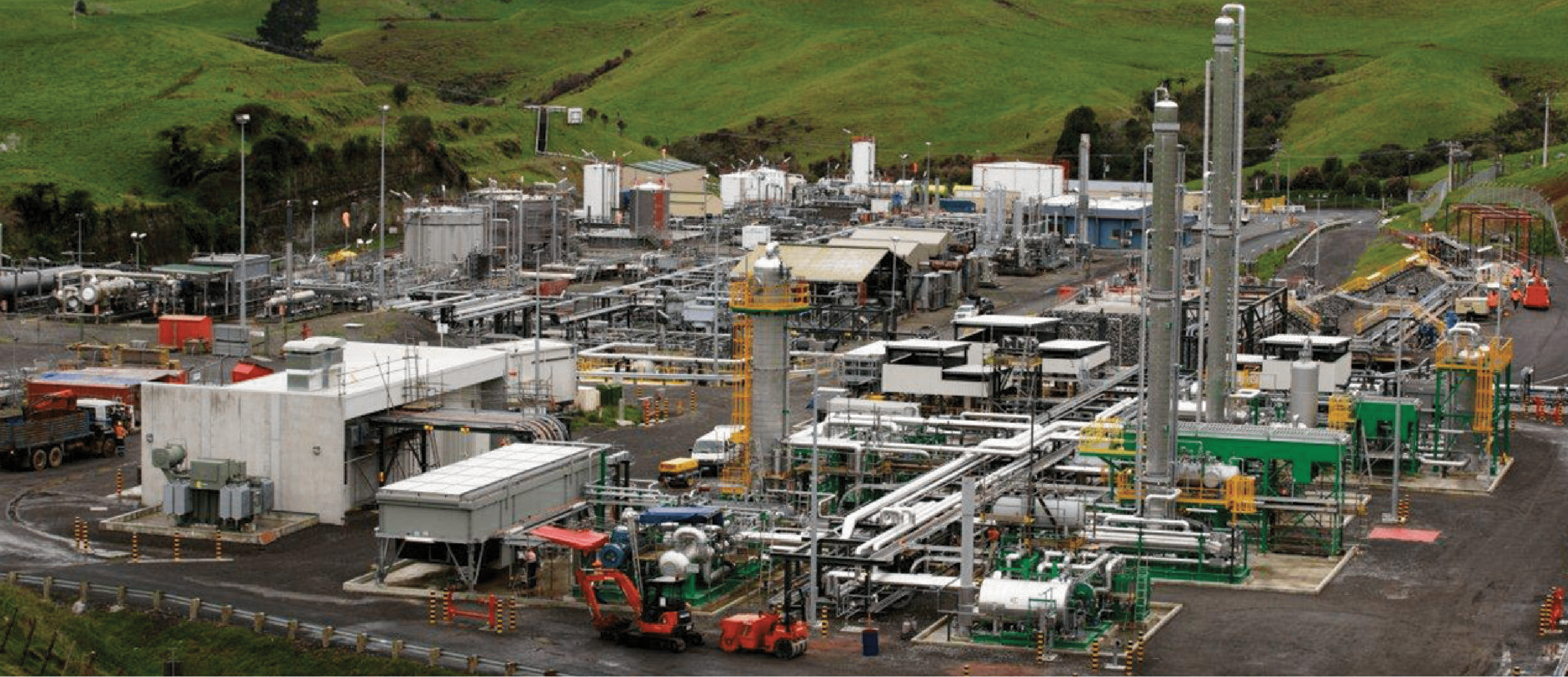
In-House Design, Lower Costs
All our systems are designed and fabricated in-house, allowing for full customization at lower costs. Our control over manufacturing ensures project-specific solutions that meet budget and quality standards.
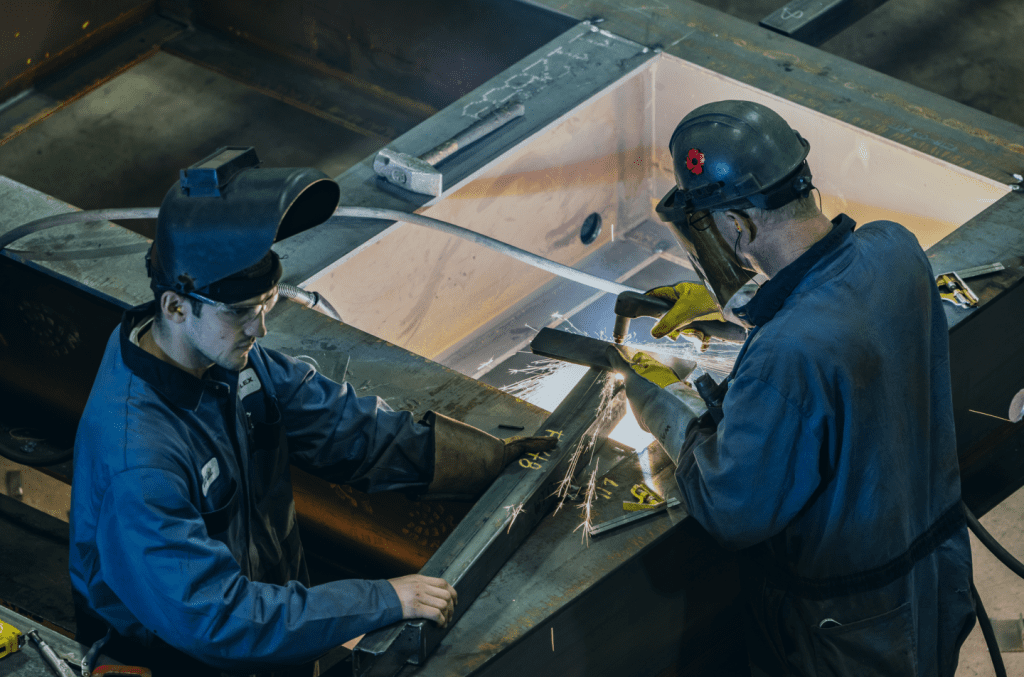
Rapid Installation, Ready to Perform
With pre-engineered, modular construction, Enerflex accelerates delivery and installation—even to remote locations. Our ready-to-assemble modules reduce site work, lowering costs and limiting delays.
Case Study
26 MMSCFD and 10 MTPA LPG Processing Facility
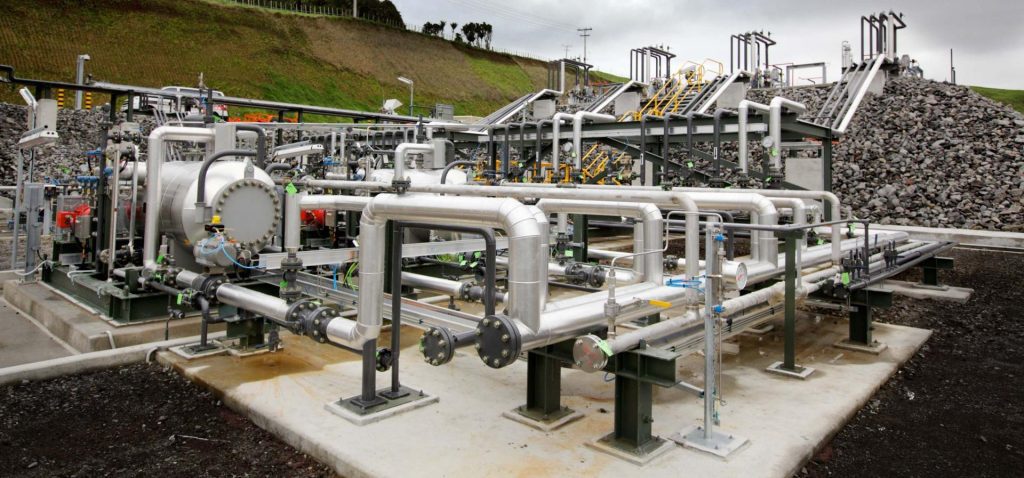
Challenge:
Enerflex was tasked to design and deliver an integrated LPG processing facility capable of high liquid recovery from natural gas in New Zealand.
Solution:
Enerflex manufactured these modules in packages small enough to fit standard sea containers, optimizing transport logistics and minimizing costs. Leveraging advanced process engineering unique to Enerflex, the facility maximized the recovery of valuable liquids from the gas stream, including propane. With process engineering design unique to Enerflex, the facility achieves extremely high recovery of liquids from the gas stream.
Outcome:
The project was delivered on time and in budget, with equipment manufactured, shipped, and commissioned in just 10 months. This successful execution highlights our ability to provide our North American capabilities worldwide.
Case Study
Deep Cut Turbo-Expander LPG Processing Facility
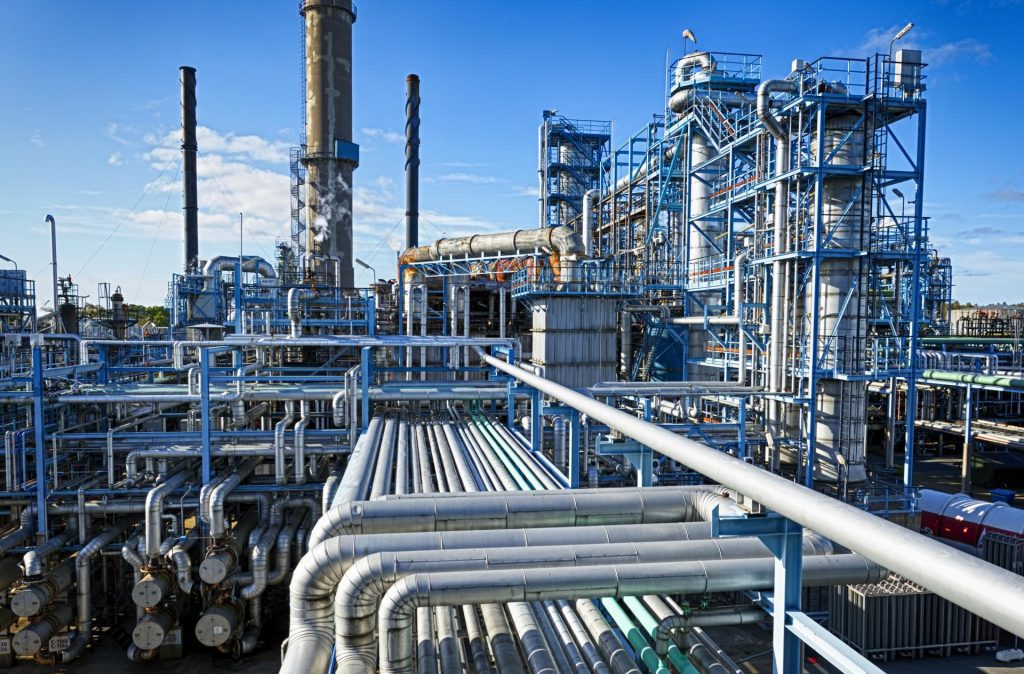
Challenge:
In Palembang, Indonesia, Enerflex was commissioned to expand an existing LPG brownfield plant to increase LPG recovery to 94% and boost production to approximately 191 MT/D. The facility needed to separate propane, butane, and condensate from liquids-rich gas for processing into petrochemical and consumer-grade LPG.
Solution:
We delivered a deep-cut turbo-expander system to enhance LPG recovery. Engineering and commissioning were managed by the Enerflex teams in Kuala Lumpur and Jakarta, while manufacturing took place at our Canadian facility, ensuring efficient installation and integration.
Outcome:
The project successfully increased liquid recovery from 60% to 95%, exceeding the initial target. Our global collaboration and modular engineering approach ensured the timely and cost-effective execution of this expansion.
Build-Own-Operate Maintain Solutions
BOOM solutions provide seamless project execution and long-term operational excellence. Our expertise in managing the full lifecycle provides you with a lower-risk, cost-effective way to maximize the value of your LPG and NGL recovery operations.
